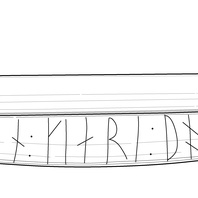
Viking Designs
Drawing of the Thorfast Comb Case
A bone comb case with a runic inscription which reads ‘Thorfast made a good comb’. It is unknown whether the runes were inscribed by Thorfast himself as advertising, or whether the owner inscribed them to remind them where to go for another good comb if they needed one.
Read More
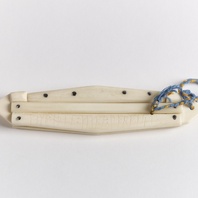
Viking Objects
Reproduction Bone Comb with Runic Inscription
A bone comb with a case with a runic inscription on it. The inscription reads, in translation, “Thorfast made a good comb.” The Vikings had a reputation for looking after their personal hygiene. Combs were an important part of that process, not just for combing your hair but also for removing nits and lice.
Read More
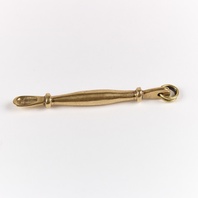
Viking Objects
Reproduction Ear Scoop
An ear scoop (or ear spoon) was a common personal hygiene tool, used for cleaning out the ears. Ear spoons are known from Roman times onwards. They are very common finds on Viking Age sites, suggesting that people took this aspect of personal hygiene very seriously.
Read More
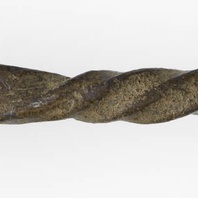
Viking Objects
Silver Ear Scoop Fragment (CM.1850-2008)
A fragment of a silver ear spoon or ear scoop with a body made from a spiral-twisted bar. Toilet articles like this were an important part of personal hygiene in the Viking Age. They were used to clean ear wax out of the ear and could be highly decorated to show off the user’s status.
Read More
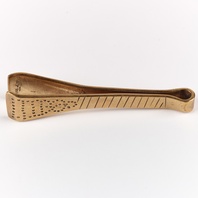
Viking Objects
Reproduction Tweezers
Tweezers were an essential toilet item for the Vikings and most people would have had their own. They could be highly decorated as were many personal possessions. They would have been carried suspended from a brooch or belt.
Read More

Viking Objects
Copper-Alloy Ear Spoon (CM_1849_2008)
This copper-alloy ear spoon has a spiral twisted body with a small rounded head. It was found at Torksey, Lincolnshire. Ear scoops (also known as ear spoons) were used to clean out ear wax. They are very common finds on Viking Age sites, suggesting that people took this aspect of personal hygiene very seriously.
Read More

Viking Objects
Bone Comb with Runic Inscription (1867,0320.12)
An original bone comb case with a runic inscription on it which reads, in translation, “Thorfast made a good comb.” The Vikings were known for looking after their personal hygiene. Combs were not only used for combing your hair but also for removing nits and lice.
Read More
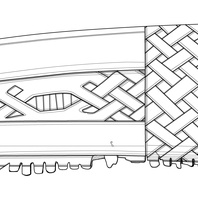
Viking Designs
Drawing of Bone Comb
A drawing of an intricately decorated bone comb found in Lincoln.
Read More
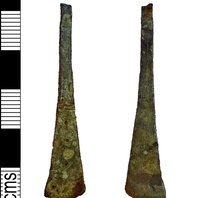
Viking Objects
Copper-Alloy Tweezers (NARC-444DBA)
Tweezers were common personal items that people would have carried with them and could have been highly decorated.
Read More
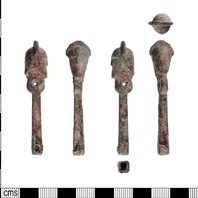
Viking Objects
Copper-Alloy Toilet Implement (LIN-756E6A)
This early medieval socketed anthropomorphic object possibly depicts the Norse god Odin, who wears a bird-headed helmet or headdress. This object belongs to a group of similar figurines, all with bird-headed helmets or headdresses, which have been found in England, Sweden, Gotland, Denmark, Russia, and Belgium. Evidence from cemeteries demonstrates this type of object is strongly associated with women, and is probably an import from Sweden dating to the later seventh century, demonstrating contacts with Scandinavia before the Viking Age. While the exact function of this object remains unclear, parallels suggest it is perhaps a toilet implement.
Read More
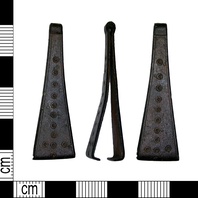
Viking Objects
Copper-Alloy Tweezers (LEIC-F41656)
A pair of copper-alloy tweezers found in Bassetlaw, Nottinghamshire. These feature a ring-and-dot stamped pattern with a tube at one end to accommodate a suspension loop. They would have been carried suspended from a brooch or belt. Tweezers were common personal items that people would have carried with them. They could be highly decorated.
